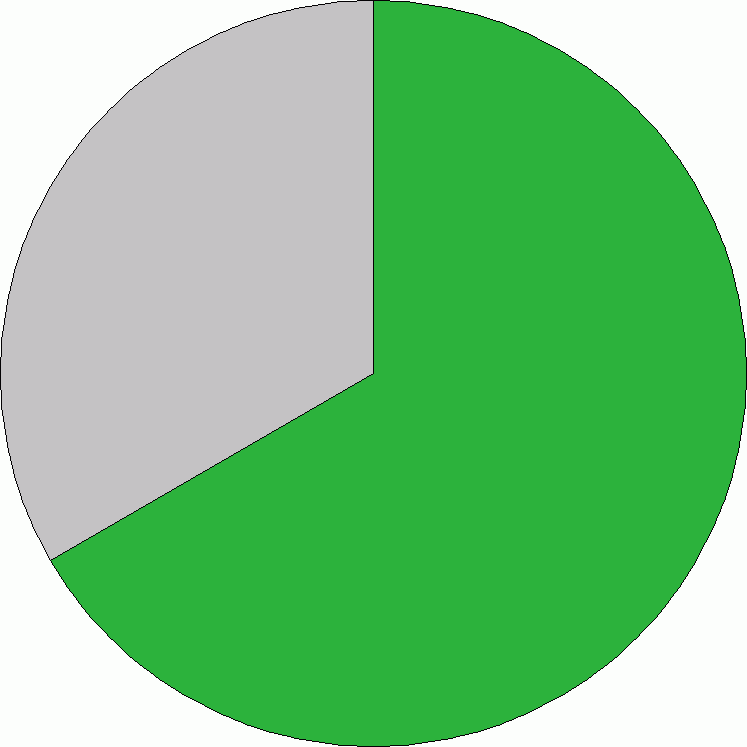Citation: Midtgaard, Rune. RepFocus - A Survey of the Reptiles of the World. (www.repfocus.dk).
Latest update: December 31st, 2022.




 



|
Genus
Pseudocerastes

 |
False Horned Vipers
|

 |
Trughornvipern, Asiatische Hornvipern
|

 |
Østlige Hornslanger
|

|
1896 |  |
Pseudocerastes Boulenger (type species: Cerastes persicus Dumeril, Bibron & Dumeril 1854) |
Contents:
3 species, of which 1 (33.3%) is endemic.
Endemism: 0%  100% 100%
Distribution:
Egypt
(Sinai),
Iran,
Iraq,
Israel,
Jordan,
Oman,
Pakistan,
Saudi Arabia,
Syria,
United Arab Emirates.
| |


|
Pseudocerastes fieldi



 |
Western False Horned Viper, (Field's Horned Viper)
|

 |
Jordanische Trughornviper, (Fields Trughornviper)
|

 |
Jordansk Hornslange
|

|
1930 |  |
Pseudocerastes fieldi Schmidt |
|
|  |
Vipera persica fieldi Marx & Rabb 1965 |
|
|  |
Pseudocerastes persicus fieldi Minton, Dowling & Russell 1968 |
|
|  |
Daboia persica fieldi Obst 1983 |

Remarks:
Previously regarded as a subspecies of persicus (e.g., Leviton, Anderson, Adler & Minton 1992).
Treated as a separate species in the most recent treatment of the genus (Bostanchi, Anderson, Kami & Papenfuss 2006).
This status was supported by Fathinia & Rastegar-Pouyani (2010).
Although reported from Lebanon (Welch 1983), the species does not occur in the country (Joger 1984).
Presence in Iran has been questioned, as the known records may refer to persicus (Safaei-Mahroo & al. 2015), and it was not listed for the country by
these authors, based on Fathinia, Rastegar-Pouyani, Rastegar-Pouyani, Toodeh-Dehghan & Rajabizadeh (2014), however, the latter authors considered
the matter as unresolved.
Kamali (2020) did not list the species for Iran.
Distribution:
Egypt
(Sinai),
Iran,
Iraq,
Israel,
Jordan,
Saudi Arabia,
Syria.
|


Pseudocerastes fieldi
© Rune Midtgaard
|


|
Pseudocerastes persicus



 |
Persian Horned Viper, Eastern False Horned Viper
|

 |
Persische Trughornviper
|

 |
Persisk Hornslange
|

|
1854 |  |
Cerastes persicus Dumeril, Bibron & Dumeril |
|
|  |
Vipera persica Jan 1859 |
|
|  |
Pseudocerastes persicus Boulenger 1896 |
|
|  |
Daboia persica Obst 1983 |
|
1913 |  |
Pseudocerastes bicornis Wall (Golay & al. 1993) |

Other common names:
bicornis: Two-horned Viper
Remarks:
Previously included fieldi.
Some authors regard bicornis as a valid species (e.g., Khan 2004, 2006).
Many erroneous distribution records exist in the literature for this species.
It has been listed by many authors for Afghanistan, although it was mentioned already by Leviton & Anderson (1970) that there are no documented records from the
country.
This still appears to be the case (Wagner, Bauer, Leviton, Wilms & Böhme 2016).
A single record from Turkey (Baran 1976) also needs confirmation, since there are no recent reports from the country (Sindaco, Venchi, Carpaneto & Bologna 2000;
Sindaco, Venchi & Grieco 2013).
In spite of this, the presence of the species in Turkey has been perpetuated by many authors, but without vouchered material
(e.g., Bostanchi, Anderson, Kami & Papenfuss 2006; Fathinia & Rastegar-Pouyani 2010).
Also listed for India (Das 1997), but in error.
Distribution:
Iran,
Iraq,
Oman,
Pakistan,
United Arab Emirates.
|

|


|
Pseudocerastes urarachnoides



 |
Spider-tailed Viper, Spiny-tailed Horned Viper
|

 |
Stachelschwanz-Trughornviper, Iranische Spinnenschwanzviper
|

 |
Frynsehalet Hornslange
|

|
2006 |  |
Pseudocerastes urarachnoides Bostanchi, Anderson, Kami & Papenfuss |

Distribution:
Iran,
Iraq.
|

|
|